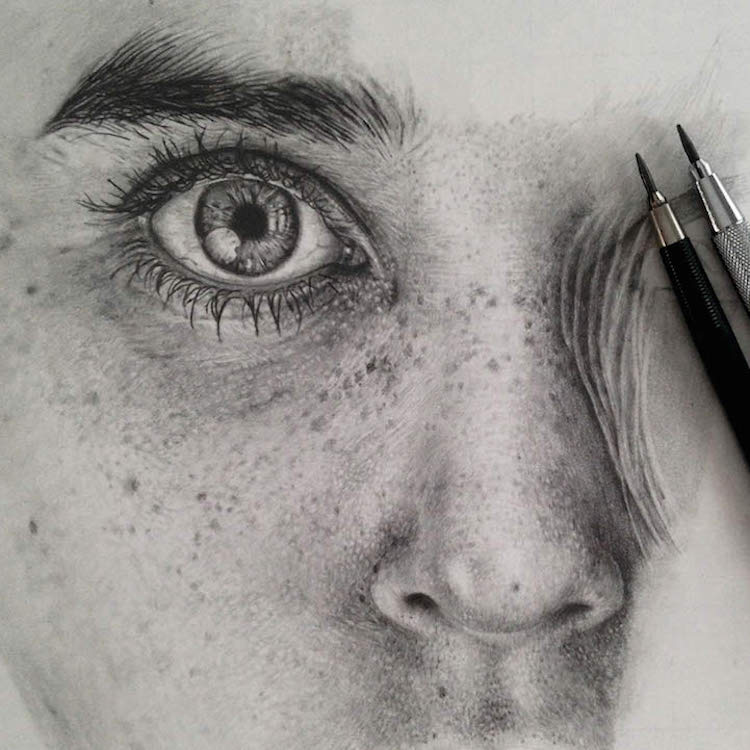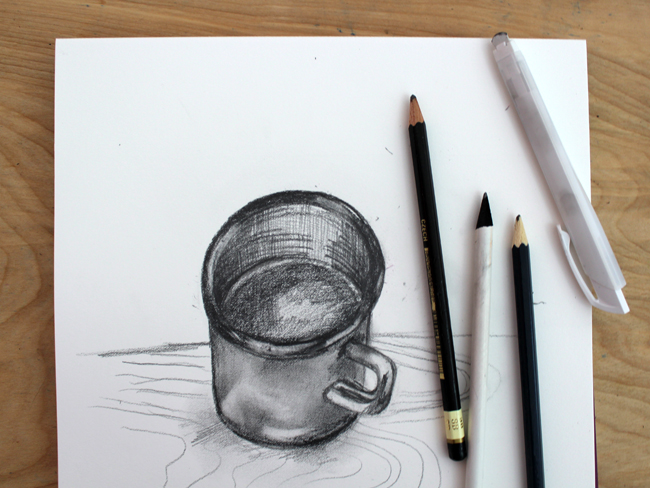Drawing And Sketching Techniques
If you're new to the world of art, there are a few basic drawing techniques that you should know. These techniques will help you create beautiful drawings, even if you're not an expert.

First, it's important to understand the basics of perspective. Perspective is how you create the illusion of depth in your drawings. You can create this effect by drawing objects with vanishing points and lines that converge.
Next, it's important to practice using different types of pencils. There are a variety of pencils available, from hard to soft, that will help you create different textures and shades. Harder pencils produce lighter marks, while softer pencils produce darker marks.
Another important technique is cross-hatching. Cross-hatching is a method of shading that involves drawing overlapping lines in a criss-cross pattern. This technique can be used to create a variety of textures and shading effects.
When it comes to drawing people, it's important to understand the basic proportions of the human body. The head is typically one seventh the height of the body, while the arms and legs are roughly the same length as the body. Understanding these proportions will help you create more realistic figures.
Sketching is another important technique to master. Sketching involves drawing rough outlines of objects or figures before adding in more details. This technique can help you plan out your drawing and make changes before adding in more permanent lines.
One technique that can help you add depth and interest to your drawings is the use of shadows. Shadows can be created by varying the pressure of your pencil or using different types of shading techniques.
If you're interested in adding color to your drawings, there are a variety of techniques you can use. One popular technique is watercolor, which involves using water to dilute paints and create a variety of effects. Another technique is colored pencils, which allow for fine detail and precise shading.
Finally, it's important to practice, practice, practice. The more you draw, the better you will become. When you're first starting out, try to draw something every day, even if it's just a quick sketch. Over time, you'll start to see improvement in your skills.
How to Draw a Still Life
If you're looking for something to practice your drawing skills on, a still life can be a great option. To draw a still life, choose a group of objects with a variety of shapes and textures. Position the objects so that there are interesting shadows and direction of light that you can incorporate into your drawing. Start with a rough sketch of the objects, making sure to get the basic shapes and proportions. From there, add in shading and details to create a more realistic image. Remember to start light and build up to darker shades, and to vary the pressure of your pencil to create interesting textures and shadows.
Tips for Improving Your Drawing Skills
- Practice every day, even if it's just a quick sketch
- Take a drawing class or workshop
- Study the work of other artists
- Experiment with different materials and techniques
- Draw from life, rather than from photographs
- Don't be afraid to make mistakes
With practice and patience, you can improve your drawing skills and create beautiful works of art. Remember to start with the basics and build your skills over time. And most importantly, have fun!



Post a Comment for "Drawing And Sketching Techniques"